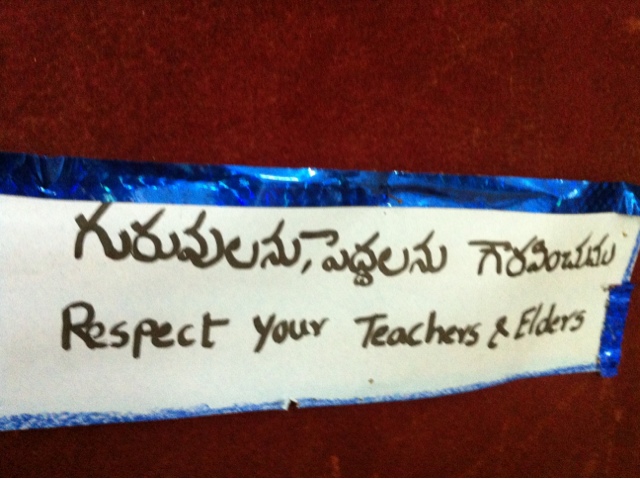Mount Mercy Interfaith School
"A group of Indian professionals working in the Kingdom of Saudi Arabia, after long deliberations, came to the conclusion that the deliverance of the Muslim community lies in education. The other major conclusion they had reached was that there is need to provide quality education at affordable cost. The dream became a reality in the form of Mount Mercy School (MMS), which was inaugurated in June 1999 by the then Governor of Andhra Pradesh, Dr. C. Rangarajan." *
As the name implies, this school is truly interfaith, where 40% students are muslim. Out of the entire student body, 50% are female.
It's located in Hyderabad in the state of Andhra Pradesh, where the regional language is Telugu.
This is not a boarding school but rather a day school with 800 students. Under the leadership of their forward-thinking and progressive principal, students in grades pre-K to 10th receive their education in a safe, multicultural setting. Although most students' families pay tuition, many students receive a subsidized education through charitable grants from sponsors.
All the classrooms that I visited were clean, attractive and comfortable. The students and teachers welcomed us warmly, and were eager to show us their work. What impressed me the most was the fact that the students are learning multiple languages: Telugu, Arabic, Hindi, and English.
Some of the classrooms have been newly equipped with interactive white-boards, and I saw a roomy, air-conditioned computer lab with desktop computers, an interactive white-board, and access to the Internet.
One of the tour's highlights was a simulated wedding ceremony in the local style, with the participating students wearing beautiful clothing typical of the region.
If I lived here, I would send my own children to this school because I saw an openness and respect for all faiths and cultural backgrounds. Here children are learning to work and play together despite their religious or socioeconomic differences.
Namaste!
*Quoted from a flyer I received from MMS on July 19, 2013










